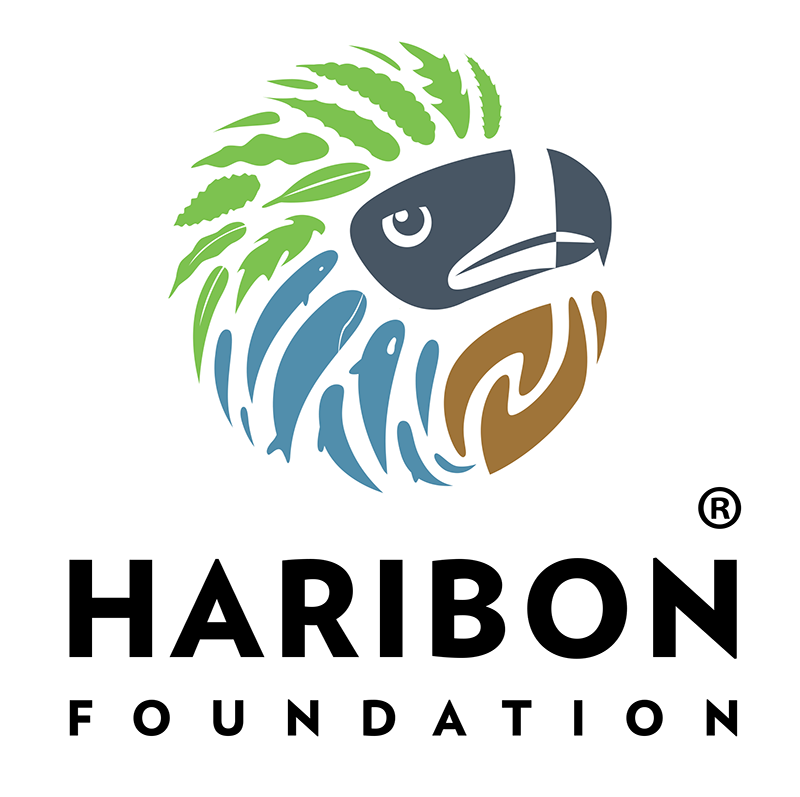The local communities are the stewards of resources. They make decisions on how to utilize their terrestrial and marine resources for their benefit. However, they do not have the capacity and/or time to monitor the consumption of these resources resulting to unsustainable management of resources.
Nove Jun Calawigan speaks at the feedbacking session at Barangay Aluyon. Photo by Ditto dela Rosa.
by Gregorio E. dela Rosa Jr.
Research Department, Haribon Foundation.
July 6, 2013
The local communities are the stewards of resources. They make decisions on how to utilize their terrestrial and marine resources for their benefit. However, they do not have the capacity and/or time to monitor the consumption of these resources resulting to unsustainable management of resources.
In April, Haribon Foundation conducted feedback sessions with seven communities including the local government in Burdeos, in the island of Polillo in the province of Quezon under the Zoological Society of London (ZSL)-funded Evolutionarily Distinct and Globally Endangered (EDGE) Coral project. These are the barangays of Aluyon, Carlagan, Cabungalunan, San Rafael, Sitio Maybalite in Poblacion, and the island barangays of Calutcot and Palasan.
The ZSL-funded EDGE Coral project aims is to increase awareness of the three EDGE Coral species, which are the mushroom coral (Heliofungia actiniformis), bubble coral (Physogyra lichtensteini), and elegance coral (Catalaphyllia jardinei), and integrate the species information into local management plans in order to properly manage the coral reefs of the area.
The results of the perception and underwater surveys were presented to the communities highlighting the status of their coral reefs. They were dismayed to find out that there was more than a 30% decline in live coral cover and reef fish abundance in their seas.
Ditto dela Rosa explaining benthos, or a community of organisms which live on or near the ocean floor, to Brgy. Palasan particpants. Photo by Nove Jun Calawigan.
The participants did confirm that cyanide fishing is still rampant in Burdeos and that it caused the destruction of the reefs. They attributed this to the gathering of groupers or lapu-lapu for the live reef fish food trade and collection of marine ornamental fishes for the aquarium trade. The women participants shared that the increase in algae in the coral reefs were also due to the removal of the algae-eating fishes.
Then, there’s the positive side of the feedbacking session. The locals were relieved to know that there are still areas with sufficient coral cover allowing the EDGE Coral specie to thrive. When a video of mushroom coral was shown, they mistook it for an anemone, saying that it’s the home of nemo the clownfish (from the Disney movie Finding Nemo).
At the end of each session, the participants were asked about the actions needed to be done to address these issues. Several suggested that the patrolling and enforcement efforts should be strengthened, as well as the formation and deputization of fish wardens or “Bantay Dagat” from representatives of the communities to help monitor the island of Burdeos.
In the coming months, a planning session will be conducted, and all the coastal communities including the local government will be involved in updating their coastal resource management plan.
This Haribon article can also be found on the July 7 issue of the Manila Times: http://www.manilatimes.net/giving-the-edge-to-the-community/16291/
